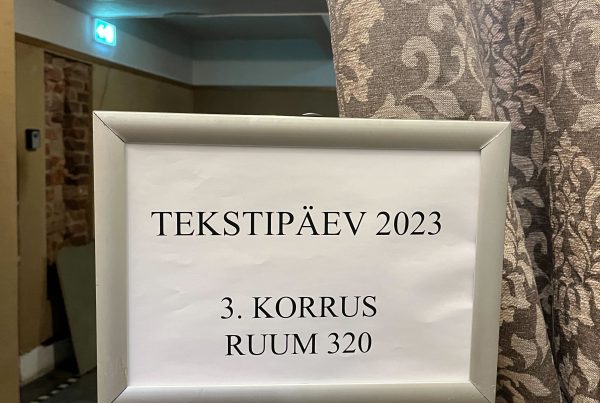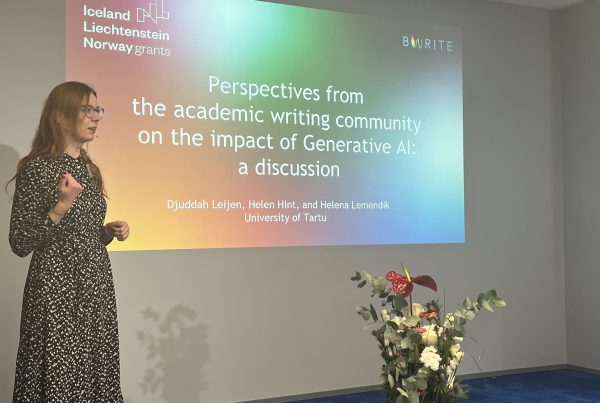On December 2, 2021, Helen and Helena from the Bwrite Estonian team gave a presentation on Text Day, an annual seminar of Estonian text researchers. We presented the results of our study in which we analysed the structural elements of MA theses written in Estonian. Our aim was to find out to what extent was IMRaD or some other structure being used in the MA theses and whether there were any differences across disciplines. For that we analysed the tables of content of the MA theses (n = 115). Our finding was that as few as 15 percent of the theses followed the classical IMRaD structure, and in 35 percent, some elements of IMRaD were detectable. A notable 50 percent of the authors had structured their text in a different way. We also noticed remarkable variations across disciplines. The project’s next aim is to use this manual analysis for creating a machine-learning algorithm for automatic detection of the structural elements of academic texts.
2. detsembril 2021 pidasid Helen ja Helena ettekande tekstiuurijate traditsioonilisel aastalõpuüritusel „Tekstipäev“. Ettekandes esitlesime tulemusi, milleni jõudsime eestikeelsete magistritööde struktuurielemente uurides. Meid huvitas, kuivõrd on töödes ja erialati kasutusel IMRaD- või mõni muu struktuur. Selleks uurisime magistritööde (n = 115) sisukordi. Leidsime, et vaid 15% töödest järgis puhast IMRaD-struktuuri, mingil määral oli see kasutusel 35% töödes, ning 50% autoreid oli oma töö muul viisil üles ehitanud. Märkasime ka selgeid valdkondlikke erinevusi. See manuaalne analüüs on ettevalmistus eesseisvaks akadeemilise teksti struktuurielementide automaatseks tuvastamiseks masinõppe abil.








